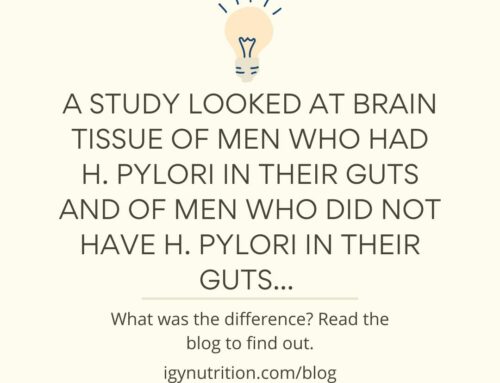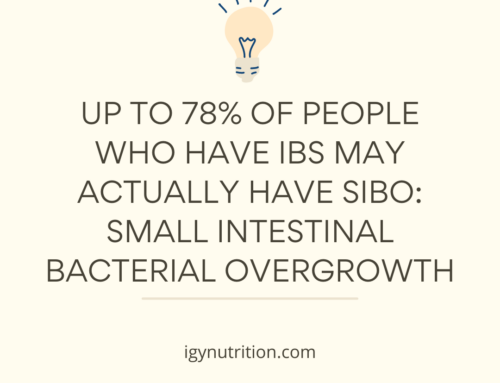To overcome dysbiosis, the objective is straightforward: 1) maximize helpful microbes, 2) minimize harmful microbes, and 3) maintain this balance.
How exactly do we do that?
First, it’s important to remember that the microbes are constantly competing with each other for nutrients and space within the gut to occupy. It’s survival of the fittest – may the most robust bug win.
Prebiotics, probiotics, and other gut health tools may be of help with maximizing helpful microbes. [Check out our blog titled “Pre and Probiotics, IgY Max, or Both” to learn more]. However, eliminating the helpful microbes’ competition – the harmful microbes – is much more effective.
Eliminating their competition allows the beneficial microbes to dominate and confer as many benefits to its host – you – as possible. Plus, it rebalances the ratio of helpful to harmful microbes in the gut.
So the key question seems to be: how do we get rid of harmful microbes?
Your first thought might be “antibiotics.” You’d be partially right. Antibiotics do kill harmful microbes, though they’re usually not so effective at it in the microbiome context. In some cases, they’re only effective 50% of the time!
The stand-out issue with antibiotics is that they also kill helpful microbes. Antibiotics can even cause dysbiosis in the first place due to their suppression of beneficial microbes.
Antibiotics kill off harmful and helpful microbes, but not all of them – leaving the strongest harmful survivors to reproduce and dominate yet again. This imbalance puts you and your microbiome in a precarious position: crossing your fingers and hoping that the helpful survivors beat out the harmful ones.
So nope – antibiotics are not a surefire way to minimize harmful microbes while maximizing helpful microbes.
Antibodies, on the other hand, are.




